On this occasion, we will discuss about Bitcoin mining guide in 5 easy steps. But keep in mind, the focus of this discussion is on mining Hardware (Mining Rig). This method is chosen because it is the best option for mining Bitcoin and Altcoin are still profitable to date is to use the Mining Rig.
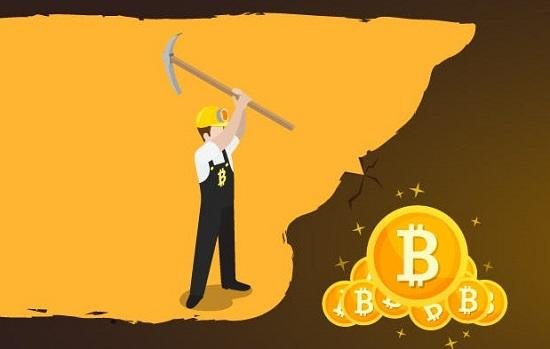
Cloud Mining (Cloud-Based Mining) will not be discussed because it is still prone to occur SCAM. In addition, the return of capital takes a long time, even can reach 10 to 12 months. By using Mining Rig, the return on capital can be obtained only within 3-6 months. The estimate is calculated assuming the price of Bitcoin does not drop within 6 months after you mine yourself.
How does Bitcoin Mining Work?
Before you start mining Bitcoin, it's important to understand what Bitcoin is actually mining. Bitcoin mining is the process of running a hash for SHA256 verification and validation of Bitcoin transactions, which will provide security for Ledger (the decentralized ledger) on the Bitcoin network. The speed of the device in milling Bitcoin itself is measured in Hash / sec (Hash per second).
The network will compensate for the hard work and computing power of the miners, by providing Bitcoin wages. The release of wages for a new block is called Rewards. As of this writing, Reward per block given to miners is 25 BTC units. So it can be concluded that the more computing power you contribute, the larger the Reward you will receive.
Here's a quick step to start your Bitcoin mining trip:
Step 1: Get the Bitcoin Mining Tool
To start mining Bitcoin, the first and foremost thing you need to prepare is the Bitcoin mining equipment or called the Mining Rig. Initially, Bitcoin mining has been able to be handled by a CPU and Video processor card (VGA) high-speed. However, both devices are no longer able to solve the complex SHA256 puzzle. The Custom ASIC Custom Bitcoin chip is the best option right now. If calculated, the ASIC chip is capable of offering performance up to 100 times the GPU system capability.
If you really intend to mine Bitcoin, then ASIC Hardware is the only way. When you force yourself to use GPU / VGA, then your income will certainly not be worth the money and time spent. How come? Blockchain Bitcoin uses Proof-of-Work, so during the mining process, Rewards will be more dominated by higher-performing devices. In fact, GPU / VGA is currently far behind ASIC.
One recommended unit is to use the Antminer and Avalon Type, with a unit price of about $ 500 - $ 2,000. If dirupiahkan, then the value is equivalent to Rp7 million-an up to Rp27 million per unit.
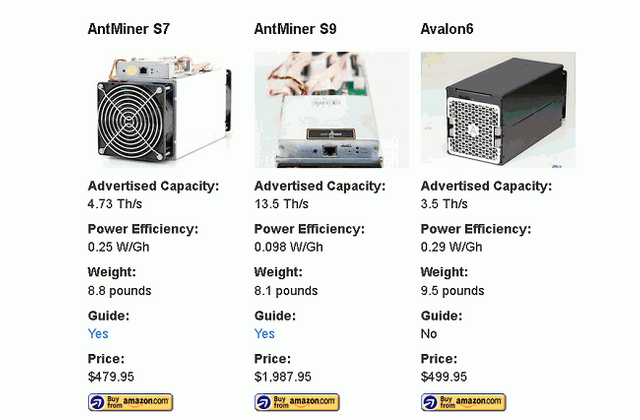
If you look at Marketplace Indonesia like Tokopedia and Bukalapak, the price offered is around Rp7 million-an up to Rp95 million-an, with the power of different Hash.
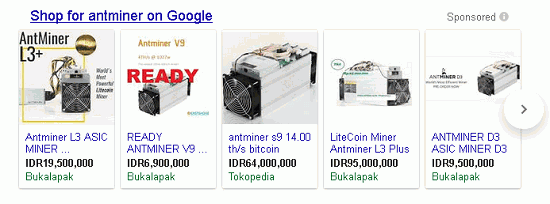
Step 2 Download the Bitcoin Mining Software
Once you have the hardware, the next step is to download a special program used for Bitcoin mining. There are many programs on the Internet that are provided free of charge and you can use them for free.

Our recommendations are the two most popular programs, CGminer and BFGminer. Both are console-based line programs. Console-based programs like this are usually lighter, stable, and very rarely crash. In addition, the details shown are also very complete, so you can quickly understand what's going on in your mining process.
But if you prefer ease of use, you can choose GUI-based programs like Easyminer that can be used easily, either on Windows, Linux, or Android.
Step 3 Joining MiningPool
Once the tools you have are ready to mine Bitcoin, the next step is to join the Mining Pool Bitcoin. The Bitcoin miners group has members who work together to break blocks and share rewards, according to the computing power that is donated.
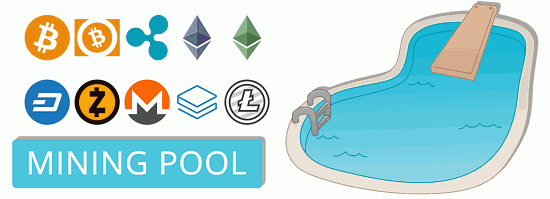
Without joining Mining Pool, you can actually still mining Bitcoin. However, mining Bitcoin itself can not currently produce 1 block within 1 year. So it's much more convenient to join in 'group work' and share the Reward with other members.
As a recommendation, a fully decentralized Mining Pool is P2Pool. In addition, a mining pool fully believed to validate blocks with Bitcoin Core 0.9.5 or later (0.10.2, having resistance to DoS attacks) is BitMinter, CK Pool, Eligius, and Slush Pool.
Step 4 Set the Bitcoin Wallet
The next step before you start mining Bitcoin is to set the Bitcoin wallet. To receive Bitcoin your payment results, of course you need a Bitcoin wallet, right?
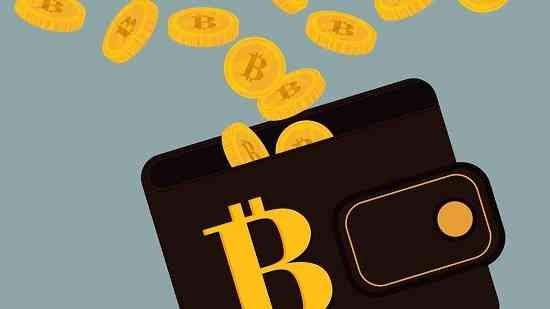
Copay is the best choice because it can be used on different operating systems. Copay also provides hardware wallets. The next recommendation is in Coinbase, as there are various advantages such as having more than 10 million active subscribers, and their usage is supported in 32 countries. In order to get a more diverse selection, you can read the recommendations in article 7 Best Bitcoin Wallet Provider.
Bitcoin mining results will be sent to your Bitcoin wallet using a unique address (private address). The most important step in this process is to secure the Bitcoin wallet from potential threats that may occur such as hacking. This can be prevented by enabling 2-step security, or storing it on your computer offline.
Step 5: Start Mining and Maintenance
Once everything is available and configured, your mining process can start. But keep in mind, you should pay attention to the following factors during the mining process:
Electricity and internet. Electrical and Internet Stability is the number one priority. If Electricity is unstable, then risk to damage your Hardware. Internet stability is also required, as mining processes will occur online 24/7 non-stop.
Hardware Temperature. The mining program demands the maximum performance of your hardware. To avoid overheating, use a program such as SpeedFan to ensure your Hardware temperature does not exceed the safe limit. The maximum temperature on the mining tool is 80 degrees Celsius.
Your profits. After doing the mining within a certain time, check back how much your income and expenses, ranging from internet charges, electricity, maintenance, etc. This calculation aims to ensure that the process you are running remains profitable.